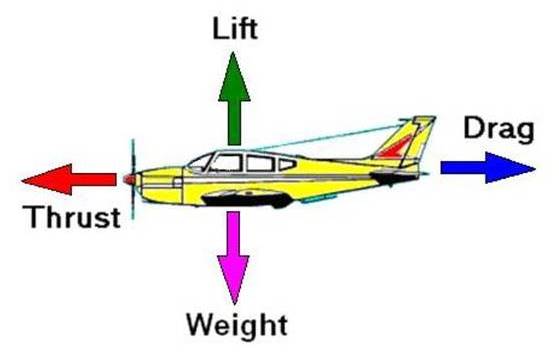I have an idea for a vehicle that is like a plane but removing the main lifting surfaces so that the way it moves is by using lift at the back for support while keeping the front two wheels contacting to the ground thereby decreasing the friction contacting the ground. If anyone has any information or suggestions related to this concept? edit due to the fact that I didn't specify the speed or idea well I meant basically a plane that never takes off (as transistor described cleanly) that would be used in environments like deserts or salt flats, basically large stretches of flat land in which it is beneficial to be touching the ground and still moving at high speed (200-300 kph), yes I know the applicability is slim to none
5 Answers
Others have provided excellent answers, but I will give a more general approach. Air resistance is way way way more important than rolling resistance, and your proposal increases the former to help the latter. You are fighting the wrong losses.
Don't be discouraged, these answers are not always obvious, and that's why we're here.
The ratio of lift to drag for an aircraft is somewhere between 4 and 80. That means to generate 1000 N of lift we'd create 12-250N of drag. Cars aren't going to make very good wings, in F1 for example the front and rear wings have a downforce to drag ratio of 4-6, so if we take an average, 1000N of lift creates 200 N of drag.
The rolling resistance of an automotive tire is .006-.012, that is to support 1000N you'd get a drag of 6-12N
As such you can see there is no drag advantage in using a wing instead of a tire, never mind the rather horrible practical problems.
-
-
$\begingroup$ No problem, I've seen people suggesting using aero lift to reduce rolling resistance before, just thought I'd run the numbers. $\endgroup$ Commented Nov 26 at 19:19
... using lift at the back for support while keeping the front two wheels contacting to the ground thereby decreasing the friction contacting the ground.
Figure 1. Image source: Mech4study.
You may be forgetting that the act of lifting requires work by the air. This will induce drag and I'd be surprised if that isn't way more than wheel friction.
You'll also need a vertical stabiliser and rudder to steer the vehicle. This will result in more drag.
You're getting close to designing an airplane that runs at moderate to high speed but never takes off.
-
$\begingroup$ sorry I am bad at articulating the idea but yes, it Is funchly a plane that never takes off $\endgroup$– jebCommented Nov 25 at 18:58
You usually want more grip at higher speeds because you don't want to start skidding in a turn. Your idea sounds like an oversteering nightmare.
There is a reason high speed racing tends to have spoilers which add downforce on the rear.
You didn't specify what the vehicle would be used for or the desired traveling speed for the vehicle.
Some 30 years ago I saw a mobile drilling rig working and moving on a salt lake. The surface of the lake was soft, moist and fragile and one of the aims of the drill rig was to disturb the surface of the lake as little as possible.
The rig was a quasi hovercraft with four wheels. A typical hovercraft has two fans, one blowing downward to lift the vehicle and a second one blowing towards the rear for forward motion. The rig I saw only had the downward blowing fan and it used the wheels to slowly move the rig across the lake. The fan was mounted in the center of the rig. Having a rear mounted fan could enable the remove of the rear wheels; however, a form of legs would be required to support the rear when the vehicle was not in motion.
More recently, newer types of drill rigs on the same salt lake do not use the downward blowing fan and four wheels; instead they use tracks similar to a swap dozer. However, a half hovercraft with front wheels might suit your purpose.
Alternatively, depending on what you want to use the vehicle for, the Soviet made ekranoplan might give you some ideas.
-
$\begingroup$ thanks for the info, also far enough I should have specified the parameters more $\endgroup$– jebCommented Nov 26 at 14:57
